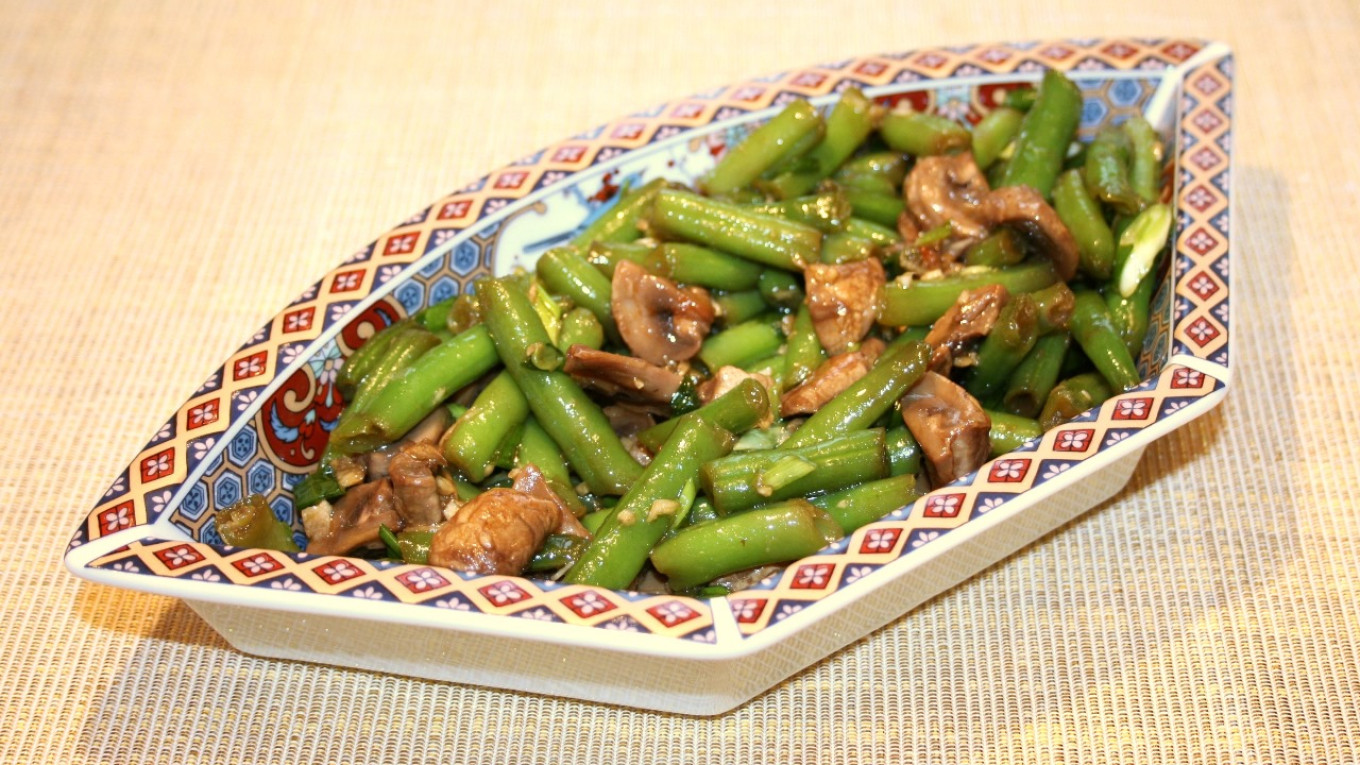The cuisine of the Middle Ages is not a cuisine of pleasure or enjoyment. It is primarily a cuisine of satiation — simply getting enough to eat. That's why the efforts of modern nutritionists to find a role model in our ancient cuisine seem a bit strange.
Of course, a long time ago people realized that some combinations of foods not only filled a person but provided benefits. In general, however, plentiful food was the ideal of medieval life, and more often than not — a symbol of privileged status. Nevertheless, seven to ten centuries ago overeating was probably an exception.

It is hard to imagine an obese grand duke. “His height is not very great, but he is well-built and strong,” Russian historian Vasily Tatishchev wrote about Vladimir Monomakh (1053-1125). “Beautiful appearance, tall body,” he said of the Kyivan Grand Duke Izyaslav (1024-1078).
"You give feasts for the sake of your reign and power. When others eat and drink, you yourself only sit and watch,” Metropolitan Nikephoros told Vladimir Monomakh. Monomakh’s continuous campaigns throughout Russia undoubtedly contributed to keeping in shape.
These travels were a common feature of early feudal society. French historian Marc Bloch wrote about the European Middle Ages that “it was impossible to govern the state sitting in the palace; to keep the country in hand, the ruler had to travel around it constantly in all directions. The kings of the first feudal period literally did not get out of the saddle.
.
















